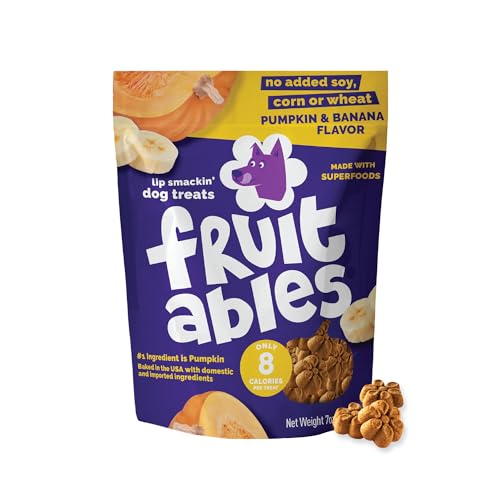The Ultimate Guide To Training A Goldendoodle Puppy
Are you a dog lover and plan on bringing home an adorable Goldendoodle puppy? Then, learn how to train a Goldendoodle puppy. Every dog must undergo training to make them well-behaved and a perfect companion. Failure to do so can bring you lots of problems in the future. So, before you bring your Goldendoodle puppy home, prepare for their home training.
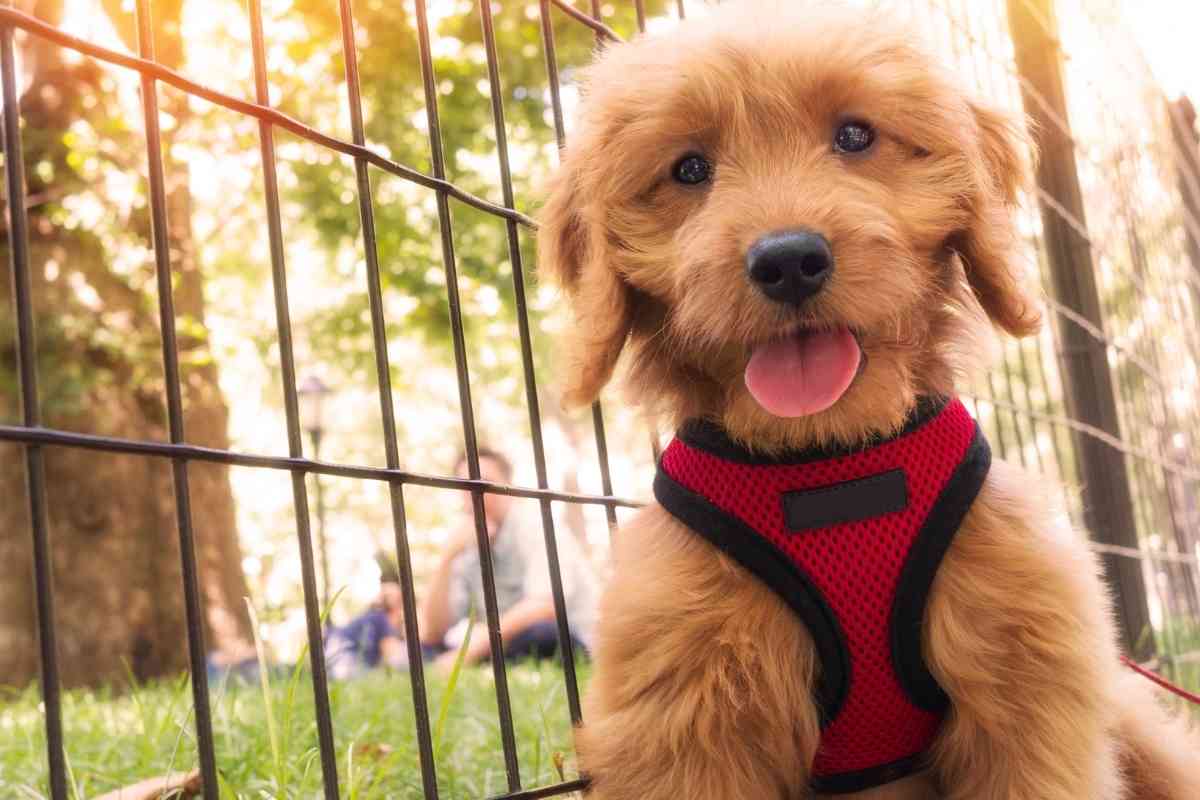
How do you train a Goldendoodle puppy?
When considering how to train a Goldendoodle puppy, begin by attending a class or course. Physical or online lessons teach new pet parents basic dog training skills. In addition, have a schedule in place that you can stick to once the puppy comes home.
Goldendoodles are amazing dogs that become a great part of every family. They have amazing personalities, are people-pleasers, intelligent and smart. However, before you have a perfect dog in your home, they must undergo training as puppies.
Here, you can find everything essential to know to succeed in puppy training. The good news is puppy training is easier with Goldendoodles, thanks to their amazing temperament. You’ll get it right if it takes lots of love and patience.
How to Train a Goldendoodle Puppy
Goldendoodles are a favorite for many dog lovers. Not only are they friendly, but Goldendoodles are among the most intelligent dog breeds. However, despite the lovely personality, it’s still important to train your dog to become a well-behaved companion.
The good news is Goldendoodles are easier to train thanks to their intelligence. This is quite a relief since training a dog is no walk in the park. Your puppy must start training early to become a thriving member of your home.
Puppy-stage is the best time to begin training your Goldendoodle. Puppies tend to have an easier time grasping and understanding commands. Training a puppy full of energy and curiosity takes time and dedication, but the results are worth it.
Thankfully, you can get proper training and make this journey fantastic for you and your puppy. Here, you can learn all you need to know to train a Goldendoodle puppy.
The Key Elements Of Training
Effective dog training involves vital factors that help set the culture for effective learning.
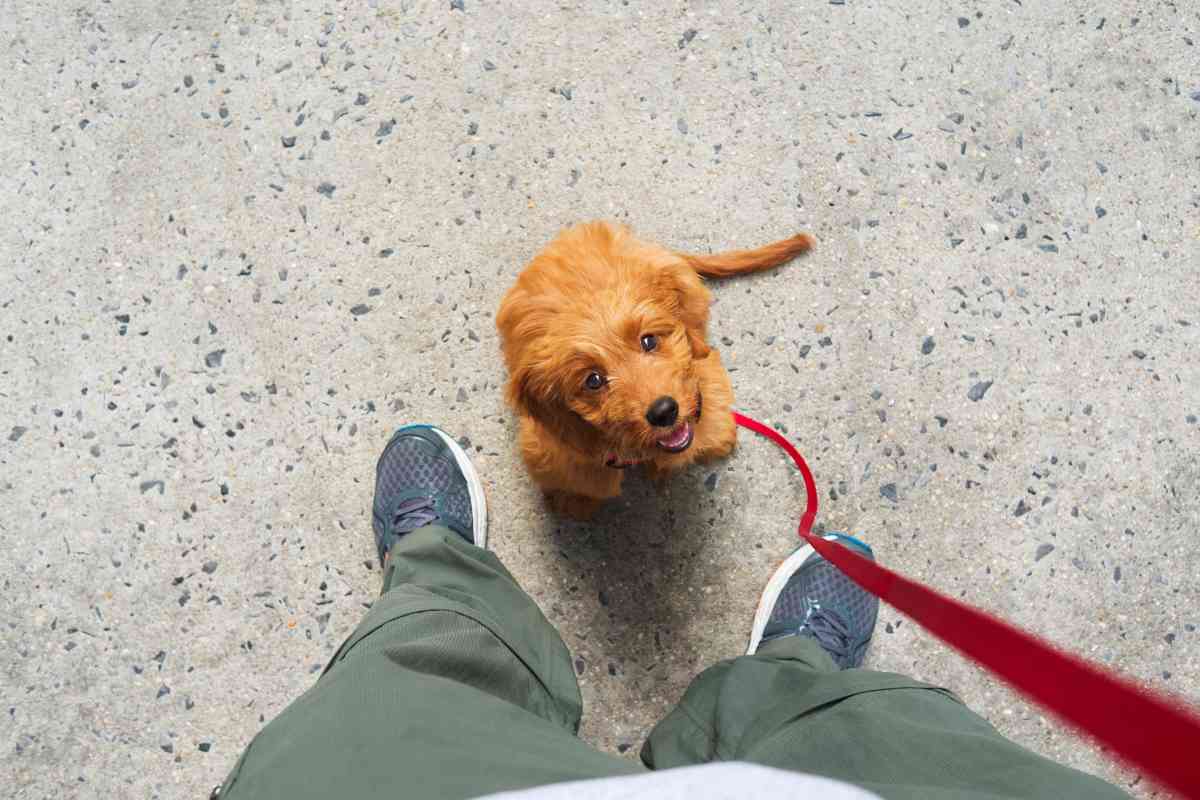
Routine
An established routine is one of the first things a new dog must learn in a home. Dogs perform better if they do the same things at the same time each day.
For example, if they wake up and immediately go outside, eat at the exact times each day, or go for a walk (exercise) at the same time, they will be much more receptive to the commands you want to teach them.
Dogs love structure.
If you don’t have a routine, it may be harder for your canine to learn what you want from them. The first key to helping your dog acclimate to their new environment is for you to have a routine each day. This consistency helps the dog learn that certain behaviors happen regularly and what to expect from their master.
Repetition
Repetition is an essential ingredient in formal dog training. Just as toddlers learn their ABCs by singing the alphabet song a thousand times, puppies need repetition to learn obedience training.
If you reward good behavior or a well-executed command with a treat, or a clicker, the dog will learn to associate the treat with the behavior. Your Goldendoodle pup will want to please and be anxious to earn the treat for a well-done job.
Reinforce with Kindness
Harsh training is not a good approach with Goldendoodles. Positive training is. Like you hated teachers that always yelled, a Goldendoodle doesn’t care for it either.
While training methods can be frustrating (especially potty training), don’t confuse young puppies by being affectionate one moment and screaming the next.
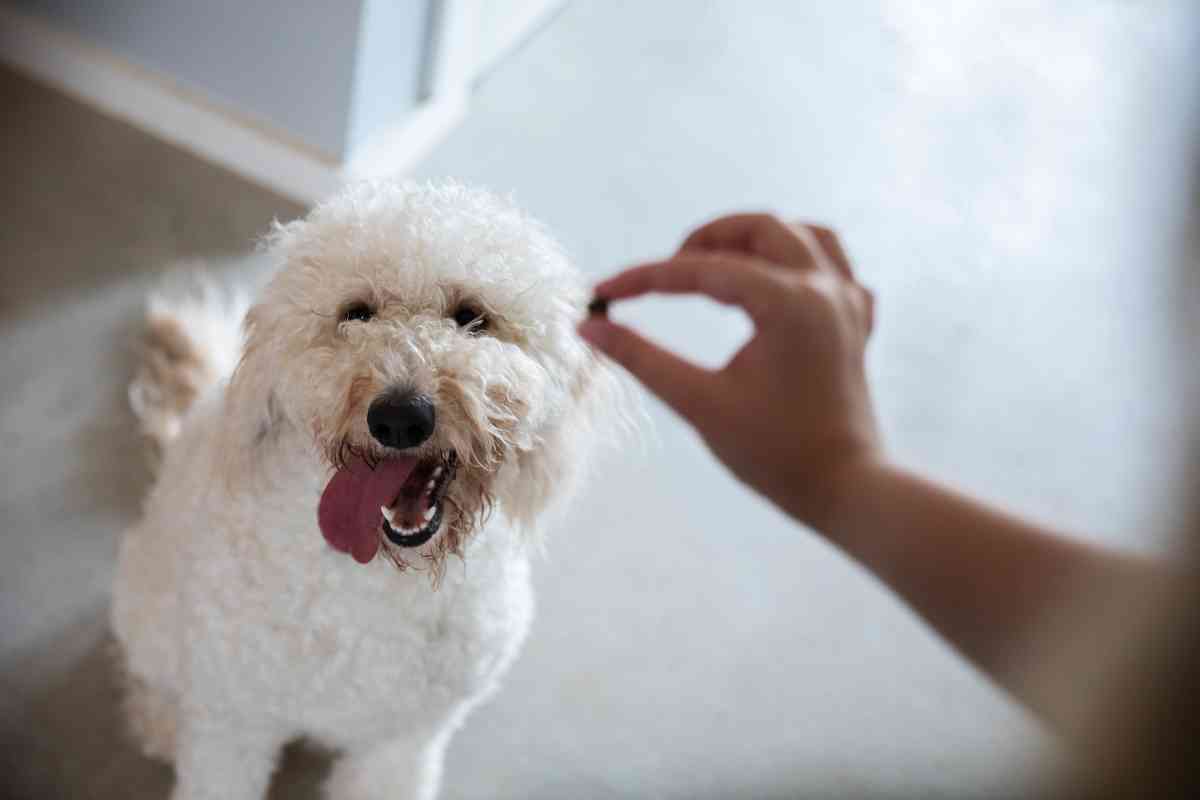
Relay The Simple First
Puppies have limited attention spans, meaning they do not have the mental capacity to process complicated commands when young.
Their brains are still growing and developing, so you want to begin with simple behaviors like – “sit” or “come.” After the dog has mastered a couple of basic commands, you can build on it by teaching other behaviors like potty training or fetching a toy.
Attend a Puppy Training Course
Have you been thinking about attending a puppy class? It’s a great idea to get some basic training before bringing your Goldendoodle home. That way, you can be equipped with all the necessary skills and know the right tools to buy.
Start by evaluating the best puppy classes in your area that you can attend. Since dog training has no regulation, it’s essential to be diligent. Seek advice from other Goldendoodle parents who’ve taken a course on basic dog training.
There’s even a chance to learn online and prepare yourself for your puppy. Having the right knowledge at hand will make training your Goldendoodle puppy easier. Such courses shed light on what to do and what not to do when training your dog.
Find out the curriculum of the puppy training course. What does the course material cover, and where is the training center located? How much does it cost? What is the training philosophy they abide by at the puppy-parent training school, and how does it fit in with your beliefs?
Once you complete the course, you can proceed to prepare for your new Goldendoodle puppy. A schedule will come in handy.
Create a Goldendoodle Puppy Training Schedule
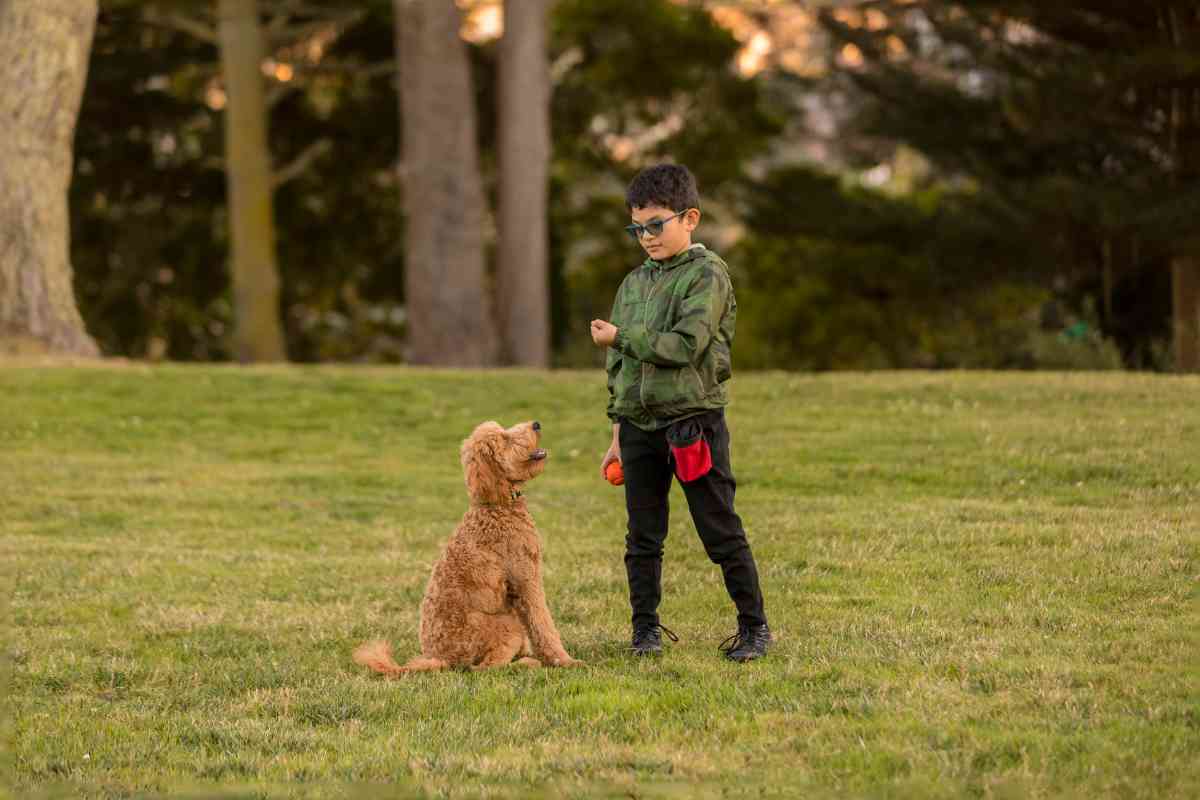
Are you done with puppy-parents training and feel it’s time to bring your Goldendoodle puppy home? That’s fantastic! Now is the time to test your training, starting with creating a schedule for your puppy.
Even before they arrive home, have a simple schedule in mind and on paper. This is important because you can teach them structure at an early age. A schedule helps you to know what you plan to do with your puppy daily.
There are many areas you have to cover when training a puppy. These include basic commands, obedience, potty training, and socialization. Having a schedule that tackles each one as your puppy grows is a life-saver.
Slowly, your puppy will start to master what is right and wrong. These become second nature to them within no time, making life easier for everyone. During your puppy training class, the instructors can cover this in the curriculum, so ensure to pay more attention.
Puppies do so much better with a schedule because they’re young. Their memory isn’t on the same level as that of older dogs. So, a constant schedule from arriving home helps everyone know where they stand.
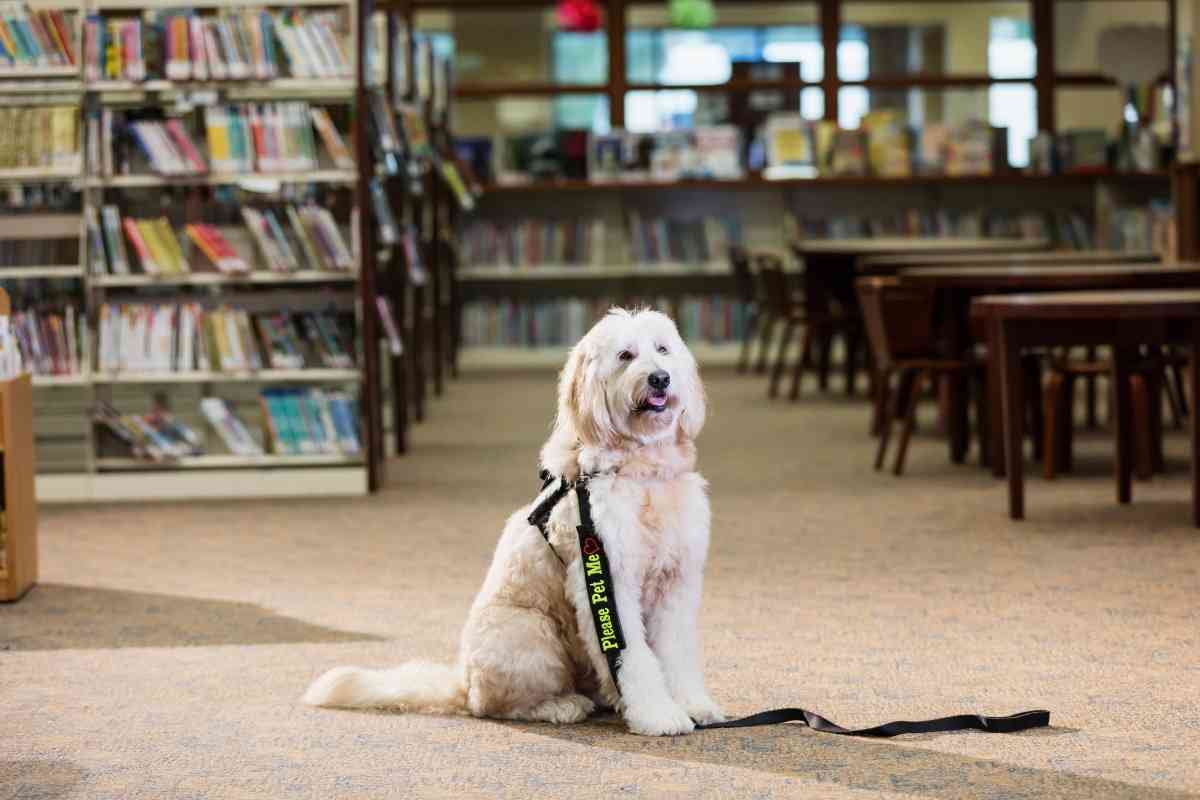
Prepare Your Home for a Puppy
Apart from creating a schedule, prepare your home for a new puppy. Similar to bringing a human baby home, preparing for a Goldendoodle puppy is essential. It helps them feel welcome in your home and makes the transition to puppy owner easier.
Have you ever heard about puppy-proofing? This is an important part of the preparation process before your Goldendoodle fur baby arrives. Puppies, especially Goldendoodles, are curious little creatures that will start moving about in no time.
It’s essential to plan how you want your puppy to live in your home. Are there specific parts that should be off-limits to the puppy? Do you need to add gates and other safety measures so your puppy doesn’t endanger themself?
Check for wiring that needs more proofing and other items that puppies can chew. Since your Goldendoodle will be living inside, think of what to do to make the environment safe. Also, you can purchase a few puppy products to make their life easier when they get home.
Essential puppy products that you can buy include:
- Puppy Bed
- Puppy Crate
- Gates and PlayPens
- Identity Tag
- Water and Food Bowls
puppy food and Treats- Toys
- Leads
- Clothes
- Poo Bags
- Grooming Tools
- Dog Toothpaste and Toothbrush
- Dog Shampoo and Conditioner
A good toy and a comfortable place to sleep will make transitioning to a new environment easier for your pup.
Give Your Puppy Time to Adjust to Their New Home
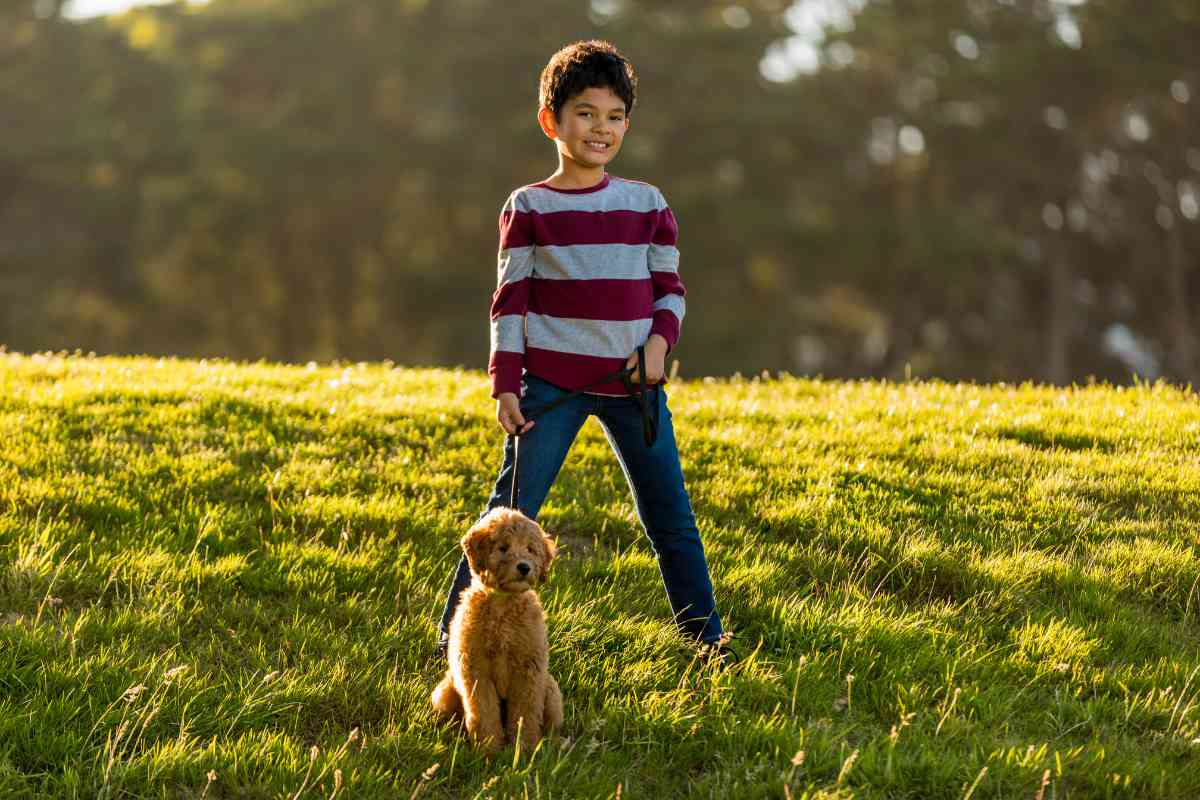
As a Goldendoodle owner, it’s vital to master patience when training a new puppy. They need time to adjust to you and the new home. So, the schedule might not start on day one, and you may need to wait a few days.
Goldendoodle puppies are friendly and have a calm personality. But moving into a new home with a new owner is scary for any dog. This is why you need to be around, but give them room to get to know you, your family, and your home.
There are ways you can help your Goldendoodle puppy adjust to a new home. After puppy-proofing the home, introduce your puppy to it. Pick them up and move from room to room, welcoming the puppy to each space.
While you can allow them to explore the house and new environment, a special introduction is important. Exploring many places all at once can overload your puppy’s senses since there are new people and smells everywhere. Since this can lead to confusion, start with one room a day and see how they adjust.
In addition, let your puppy meet one person at a time in your home. While this might not always work out that way, it’s a great step. Meeting one person at a time gives your puppy time to feel and smell them.
At the same time, give your puppy one toy they can bond to, which can have a great calming effect. Once they calm down and move about, you can begin basic obedience training. Rules are important. But it’s unrealistic to start giving commands on day one, so allow them some time to adjust.
What Is The Best Age To Start Goldendoodle Training?
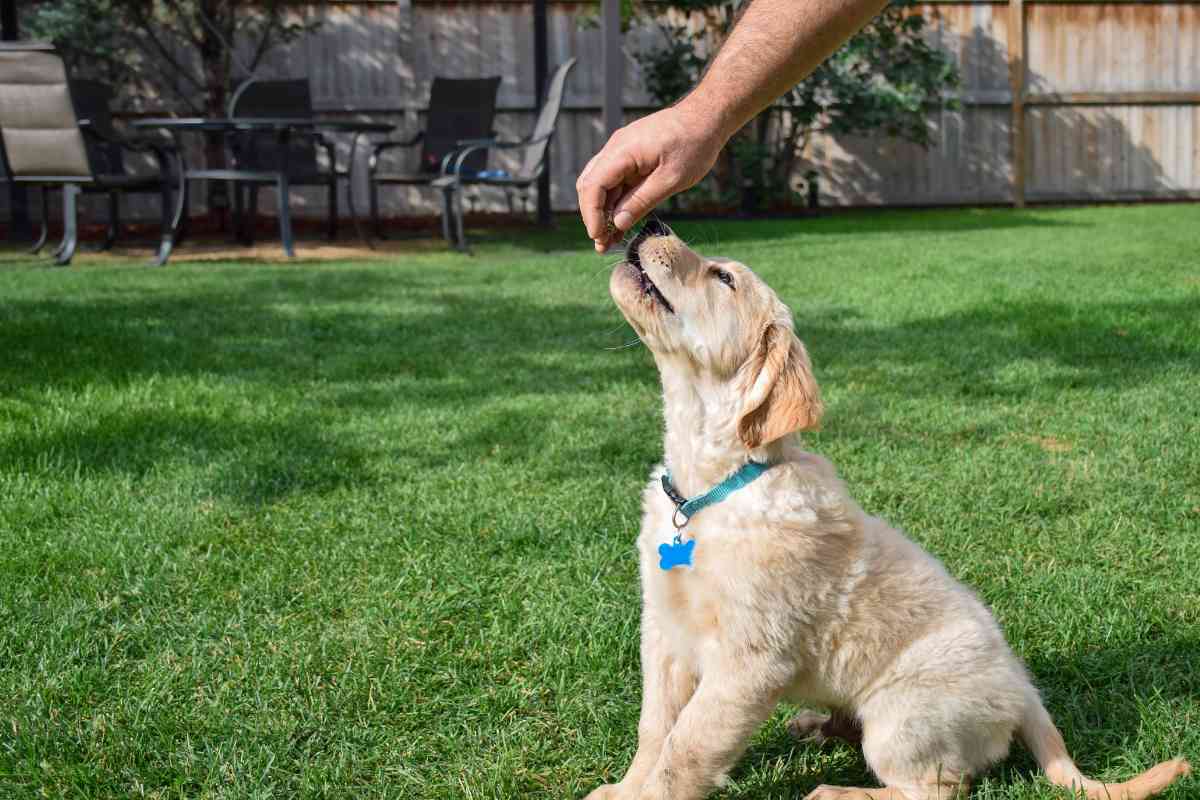
The earlier you start training, the more opportunities your new puppy will have to learn what you teach them. While puppies have limited abilities, most Goldendoodles can learn basic commands when you bring them home.
Most professional dog trainers believe you should start training your pup between four and six months old.
If your Golden is younger than four months, don’t fret. Just begin with simple commands and build from there. Don’t expect your 8 – 12 week puppy to bring your slippers every night or not engage in baby puppy activity (like pottying where it shouldn’t).
Do begin to associate good behavior with treats and affection. Goldendoodles love to be petted and snuggled with, and they are active dogs (they need exercise), so use this early period to establish routines and reinforce positive outcomes.
Training might be more challenging if you have an older Goldendoodle, but this doesn’t mean you shouldn’t try.
Again, establish a routine with meal times, potty times, and exercise periods, and try to make those happen at the same time each day. Use treats to help reinforce positive behaviors and allow your dog to learn what you expect from them.
Begin with Basic Obedience Training
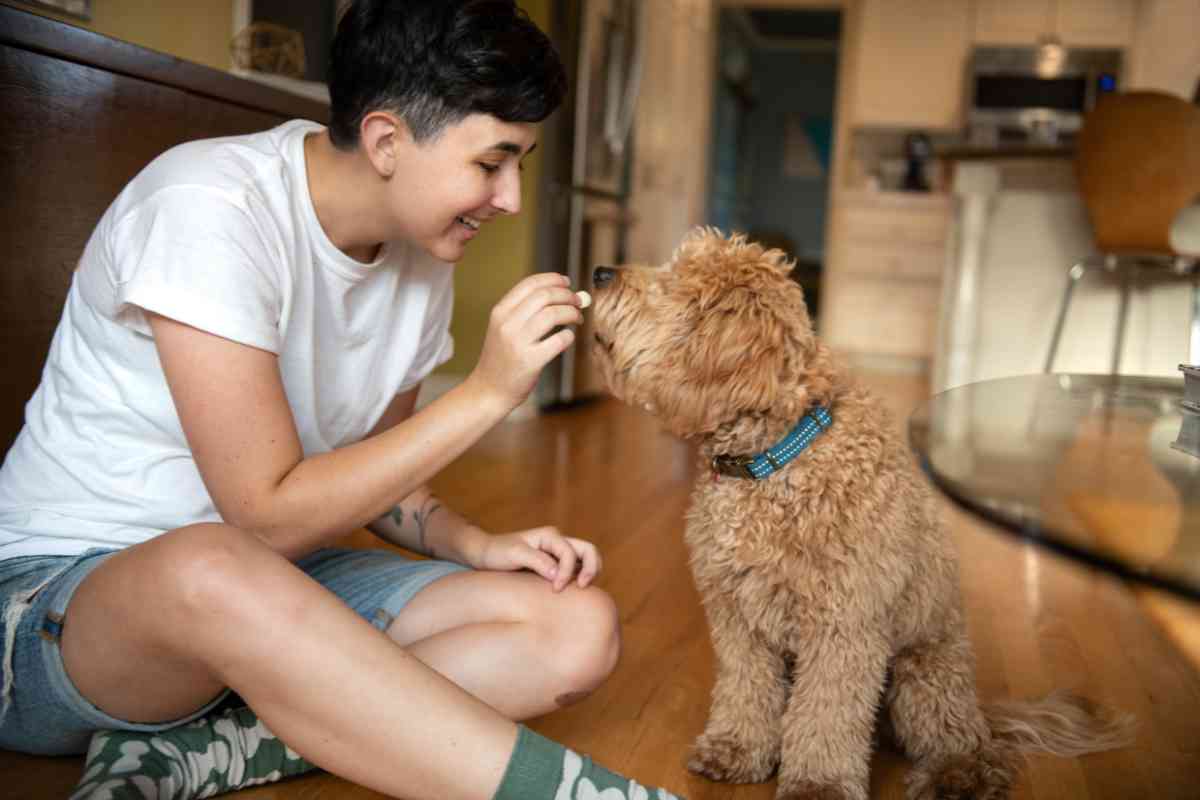
Start basic obedience training after your puppy has met everyone and feels calmer in your home. It’s important to enforce the rules early so they can master good behavior. Plus, this makes your dog an amazing member of your family.
Basic obedience training teaches proper puppy behavior. It’s also a great place to start before you proceed to more complicated training. The goal is to have a well-behaved puppy at home that grows into an amazing dog.
Some basic commands that you can use to train your puppy include:
Look (Dog’s Name)
You need a command to get your dog’s attention to focus on you and what you want. Many professionals use the dog’s name as a basic command, because chances are you will say it out loud.
After all, you want your dog to give you their undivided attention. Begin with this command, as it is the easiest one for the dog to master.
Come
When teaching your dog to come to you, it is important that you teach it to come for positive things.
For example, if your dog slips out of their leash, you will want your dog to respond to a come command immediately. Do not scold the dog when they return to you. Otherwise, they will not respond the next time it happens.
Sit
This cue is often the first command most dog owners teach their pets. While a sit command is essential, it can be a step toward teaching other behaviors like not jumping up on someone or just lying down when they need to relax.
Drop
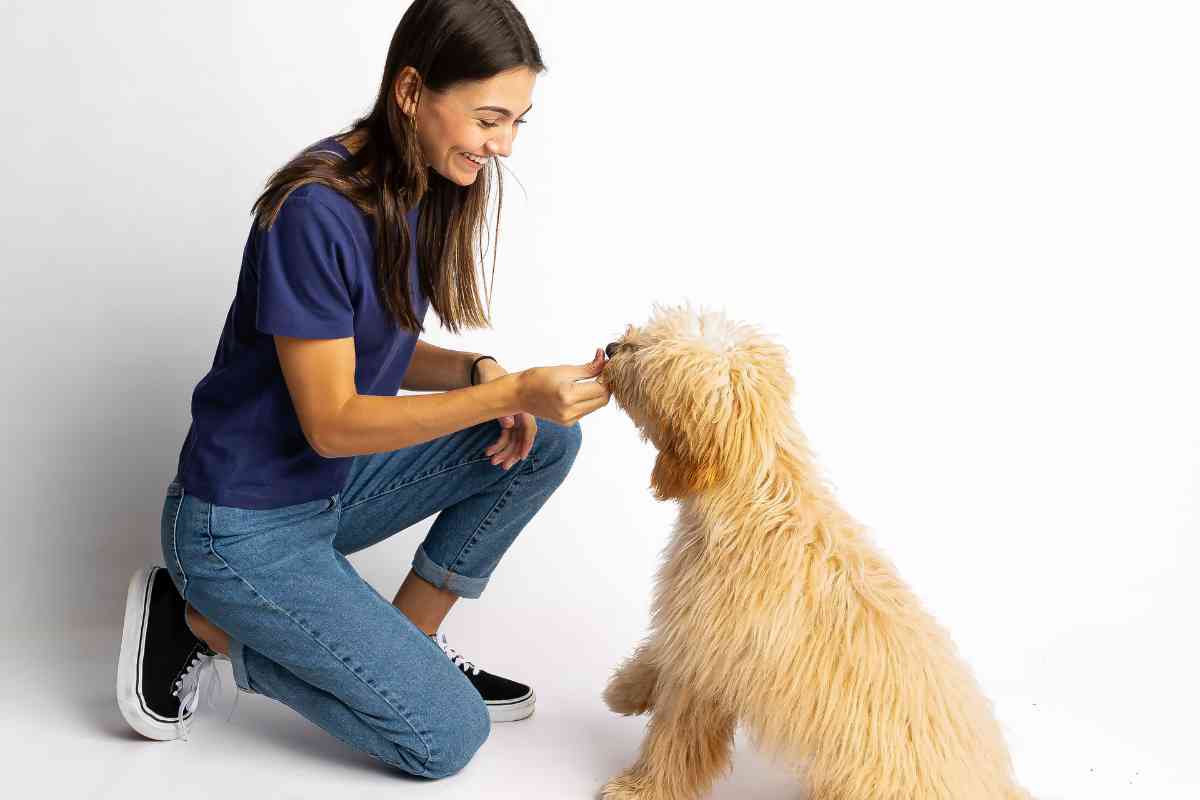
This cue is an excellent behavior command for a puppy to learn and can easily be incorporated into playtime. It is also helpful when a puppy gets into the shoe closet and chews on a pair of high heels.
In addition, this command can keep your dog from ingesting anything that might be poisonous or hazardous to its health.
A good idea is to replace something positive like a chew toy so that your dog learns what is acceptable to chew on. This kind of reward training can go a long way to keeping your shoe closet intact or the legs of your furniture unchewed.
Heel (With Me)
This command is excellent for keeping your dog with you during a walk. Heel means to have the dog match your stride so that they are used to running or walking at the same pace as you are.
Most Golden puppies love walks and will engage in leash pulling if you allow them to do so. The “heel” command can keep them from dragging you along the sidewalk or hurting themselves by pulling against their
Stay or Wait
This command is handy for a dog that is out in public settings. Many Goldendoodle owners walk their dogs or take them to a dog park, and this command can help keep your puppy from undesirable behaviors.
A puppy learns that this command means something good is coming, so be sure to reward them with a treat or praise after a short time period. The dog will learn to pause and not move forward in anticipation of a praise reward.
Such commands start to teach your puppy the acceptable way to behave. The commands can work hand in hand with training your puppy in proper manners. For instance, when they begin chewing on stuff in the house, ‘stop’ comes in handy.
Remember, puppies get quite excited and are a ball of energy. It’s easy for them to get into all sorts of trouble. Therefore, you must learn to stop bad behavior when you see it. A schedule and training plan can help instill proper behavior as they grow.
What Are Some Methods Dog Trainers Use?
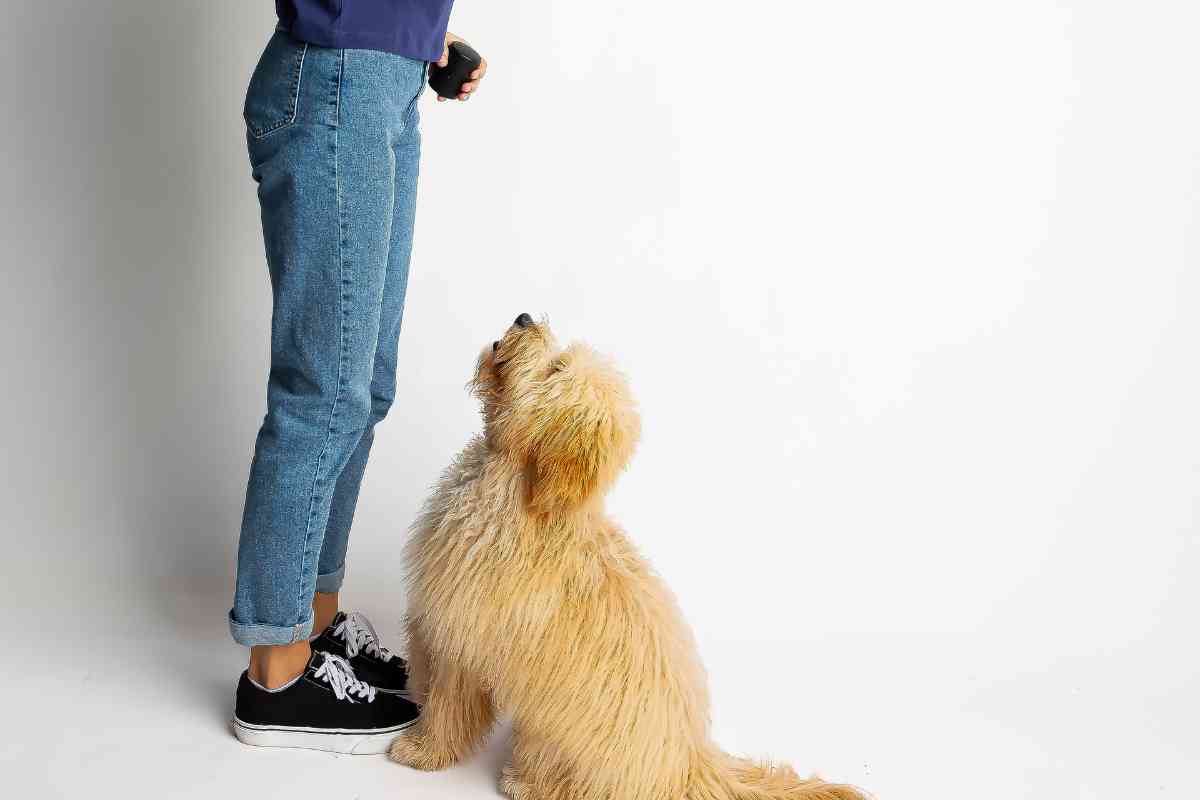
There are several ways to train a Goldendoodle to do what you want.
Treat Training
While buying treats may mean an additional expense for some pet owners, it is more than worth it if you don’t have to follow the young dog around the house to keep them from marking the furniture.
But what kind of treats should you use? There are many options, but most professionals use a combination of treats to help achieve desired results.
Special Value Treats
This special value treat should be moist, and your dog should go wild over it. The treat should be something your dog doesn’t get all the time (it needs to be something special).
Many companies make treats that appeal to your dog, but you may have to try a few to see how they work. (Avoid any treat high in fatty acids, oils, or grease, which can wreak havoc on a dog’s digestive system). Use this kind of unique value treat for –
- Initiating a new behavior
- Keeping the dog’s focus in social situations
- Helping to reward a quick response to a command.
While it can be tempting to splurge on expensive treats, my go-to training treat is simple, plain, boiled chicken breast.
Regular Treats
Most professional trainers use essential treats for their dogs to reinforce behaviors. If you have ever watched a Westminster Dog Show, you might have seen a handler reach into his pocket and reward the dog with a nibble of some treat each time he does what he is supposed to.
Use these treats to help Goldens learn and perform more complicated commands like fetch, roll-over or get down from begging.
This is my go-to brand:
And with correcting bad behavior, make it a point to acknowledge when your puppy is good. This is best to do with lots of positive behavior. A ‘good boy’ or ‘good girl’ followed by a treat is a powerful teaching
During training, you can use praise and rewards like treats that are great for positive reinforcement. This even starts to build your puppy’s confidence levels. Ensure rewarding the good behavior happens immediately to help shape your puppy’s behavior. It’s the same way you correct bad behavior as soon as it happens.
Clicker Training w/ Positive Reinforcement
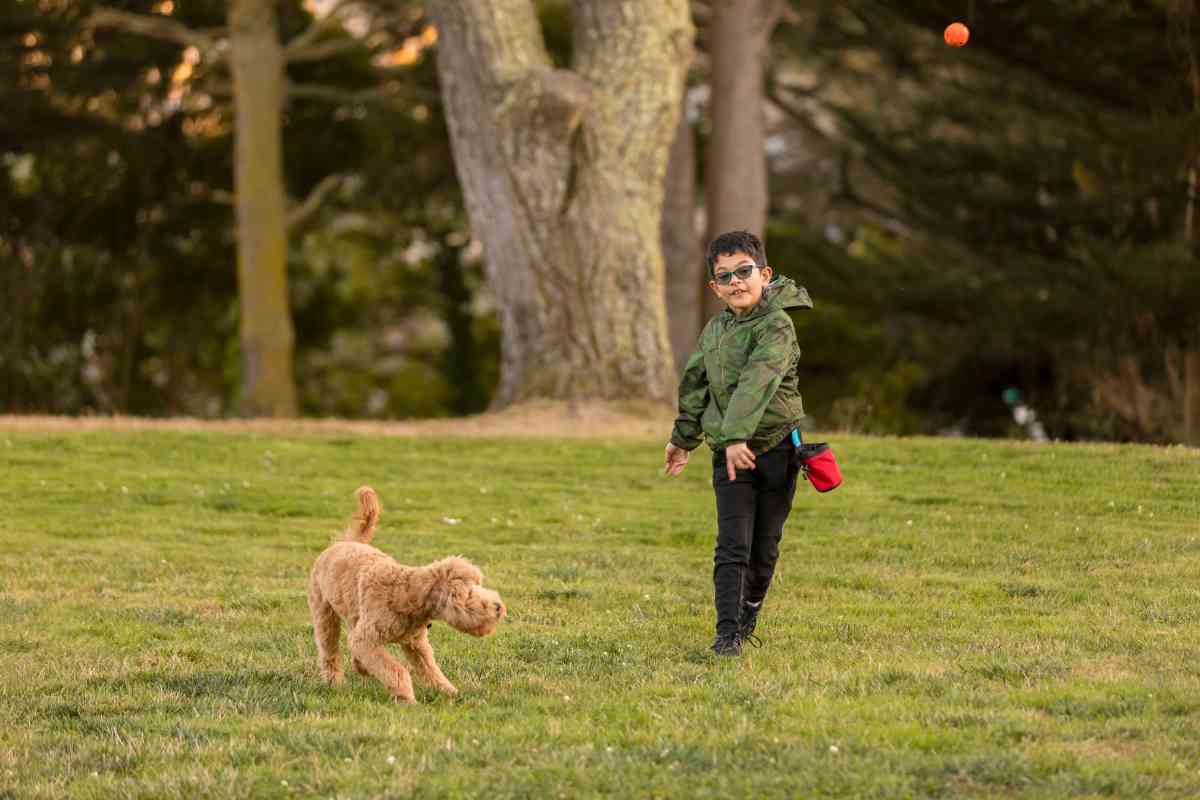
Many dog trainers use clickers and positive reinforcement techniques to help with Goldendoodle training. Your pup will learn to associate the clicker sound with expected behavior and a positive reward.
This clicker training method provides a non-threatening environment for your puppy to learn new behaviors.
Positive reinforcement is essential to the training process because Goldendoodles are very social and amicable. Punishment training can make your dog fearful rather than compliant, leading to confusion about behaviors.
Use treats, toys and lots of hugs, petting, and soft, warm tones to reinforce the kinds of obedience you seek. Using the same hand signal or verbal command for the desired behavior is important
For example, if you use an outstretched hand to teach your dog to stay, do not vary from this signal. Stay consistent in the terms and visual cues that you use. The repetition will help your Golden learn more quickly.
Professional Dog Training
Many puppy owners use a third party to provide training sessions to eliminate undesirable behavior.
While many professional dog trainers at veterinary centers or pet stores are very good at obedience training, it is no substitute for house training. You cannot expect your new Goldendoodle puppy to learn positive behavior if you are unwilling to participate in the process.
Potty Training
Every puppy’s schedule must include potty training. This starts from the beginning when your puppy is comfortable enough to learn basic commands.
Potty training is perhaps one of the most challenging aspects of training your Goldendoodle puppy. But, it must be done to make your home a comfortable environment for everyone. Therefore, you can start by picking a bathroom spot indoors for your puppy.
In addition, frequent trips outside can help your puppy learn it’s better to go pee-pee and poo-poo outside. An indoor spot can work as the best potty-training area if you live in a high-rise building.
One way to ensure they go on time is to keep your puppy on a regular feeding schedule. Once they’re done eating, take the food away. This will help you when they need to go and take them to the potty area or outside.
Puppies tend to operate by scent. When you take them to the same spot inside or outside to go, this will trigger them to do so. After they do their business, follow this with immediate praise and perhaps a reward for good behavior.
Remember, patience is key. While Goldendoodles are easier to train and friendly, a puppy needs repetition to get it right. It’s even better if you start to watch out for signs that your puppy wants to go. Some begin to whine, circle, bark when at the door, and even sniff around.
Be ready for some accidents. They do happen. As the puppy adjusts to a new environment, it’s not uncommon to come across accidents in the house. This can be easier to deal with if you place your puppy in one area of the house.
Crate Training

Crate training is an integral part of any puppy training schedule. But, it’s essential to do so in a humane way that makes your puppy feel loved. A crate is essential in your home since it keeps the puppy out of trouble and can even become their safe space.
When you plan to start crate training, picking out the right crate is a top priority. Think about the right material and also size of the crate for your Goldendoodle puppy. Some crates are made using strong plastic, while others use metal.
As for training, it’s always best to start with a basic introduction. Take the puppy’s bed and favorite toy and place them in the crate. This is best done after removing the door so that your puppy feels safe to go inside.
Goldendoodles are naturally curious dogs but wait to see what your puppy does. You can encourage them to go inside by adding a treat and rewarding good behavior once inside. Remember, puppies under six months should stay in the crate for short durations.
Another way to make your puppy feel comfortable with the crate is by feeding them in or near it. Place the food and drink bowl in the crate, provided there’s ample room for your puppy. The more comfortable they become with the crate, the easier it will be to get them inside.
After some time, you can return the door and begin to leave your puppy inside for longer periods. Proper crate training can help your puppy become less anxious about it and ease whining. This, plus basic command training, make transitions easier for your puppy.
Add Socialization
Every dog needs social skills. Socialization must be part of puppy training if you want them to be well-behaved when they step outside. Building your dog’s confidence levels and ability to be with other dogs takes time and effort.
Therefore, start exposing your dog to other canines at an early age. Nowadays, there are amazing puppy play daycares, and also a visit to a dog park works.
It’s important to start taking your puppy outside early and walking around so they can get used to other people and animals. That exposes them to new smells, sights, and sounds outside their home.
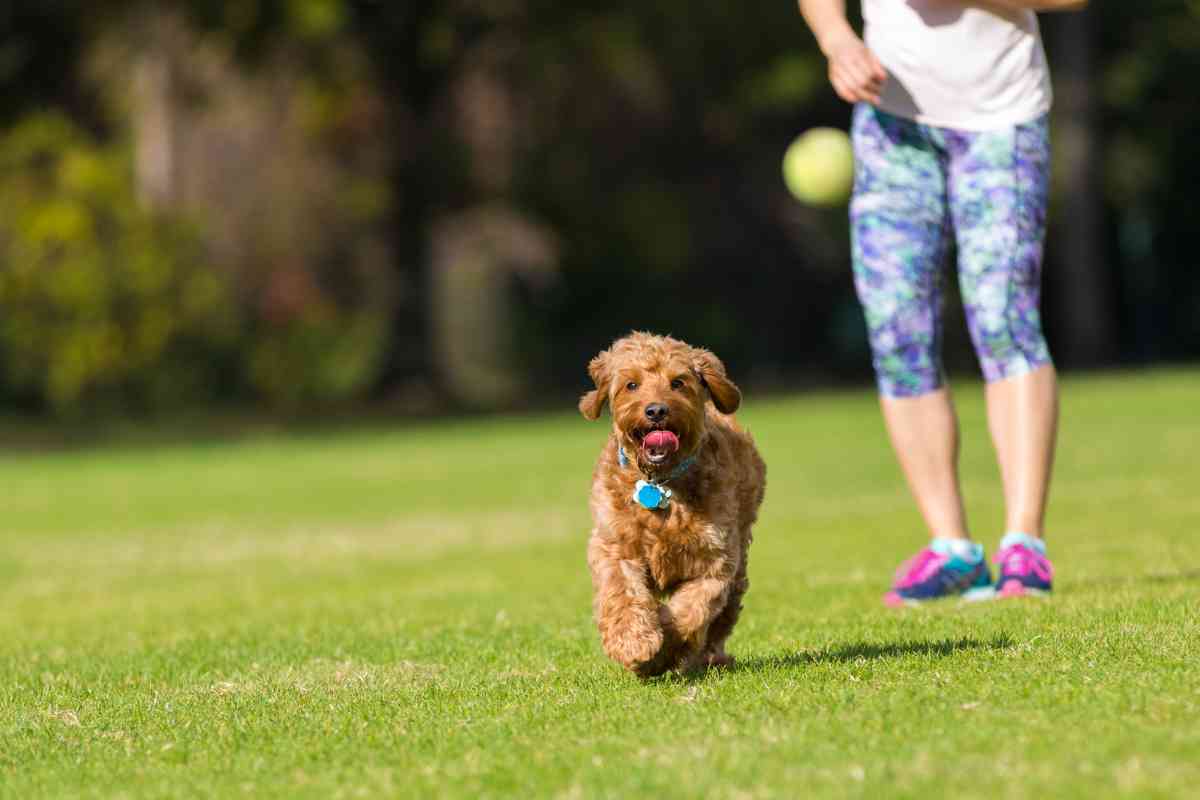
Conclusion
In conclusion, training a Goldendoodle puppy is crucial to ensure they become well-behaved and perfect companions. Goldendoodles are intelligent and eager to please, making them relatively easier to train compared to other breeds.
The key elements of training include establishing a routine, repetition, reinforcing with kindness, and starting with simple commands. Attending a puppy training course can provide valuable skills and knowledge for new pet parents. Creating a training schedule and puppy-proofing the home are important steps in preparing for a new puppy. It’s also essential to give the puppy time to adjust to their new environment and gradually introduce them to different rooms and people.
The best age to start training is between four and six months, but even younger puppies can learn basic commands. Basic obedience training, such as teaching commands like “sit,” “come,” and “stay,” is crucial for a well-behaved puppy. Treat training can be an effective method, using special value treats to reinforce positive behavior. By following these guidelines and investing time, patience, and love, owners can successfully train their Goldendoodle puppies and enjoy a lifelong bond with their furry companions.
